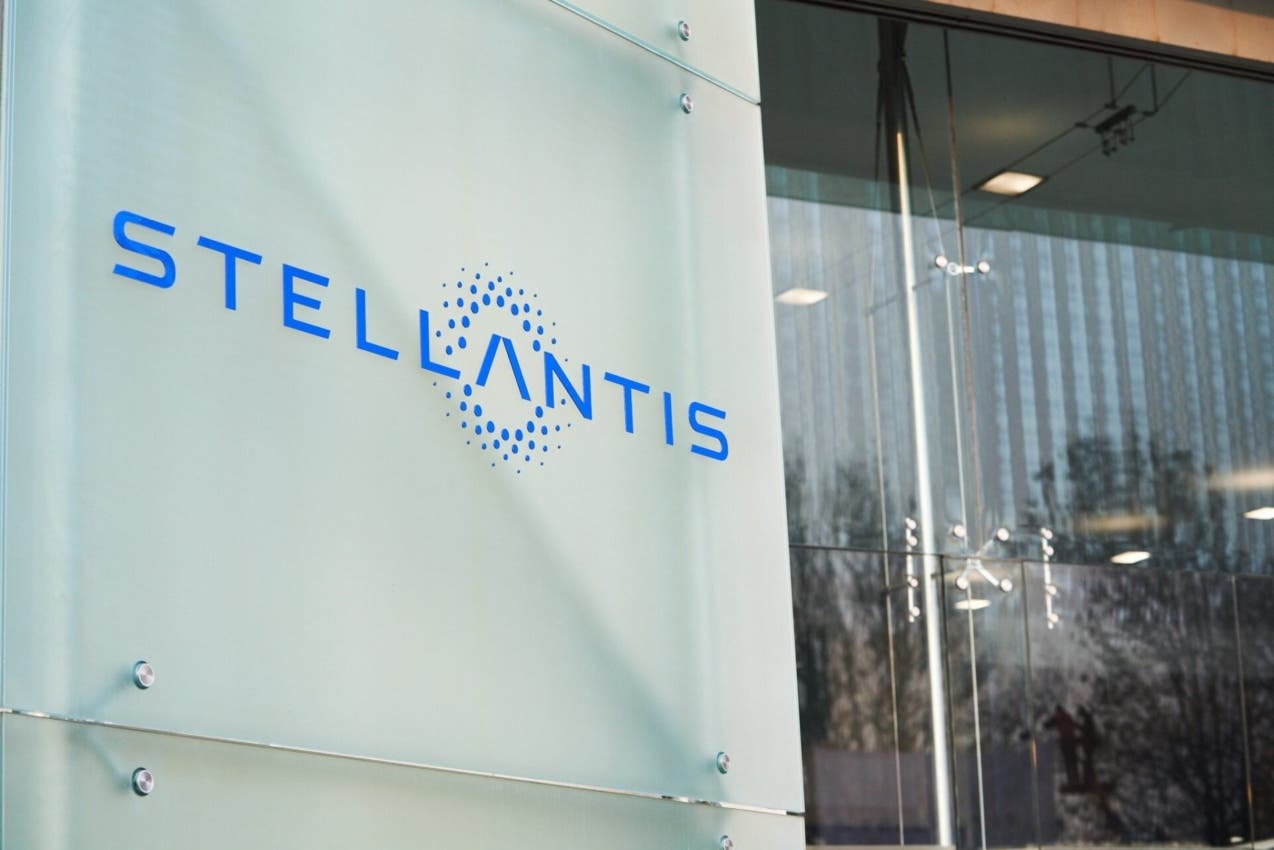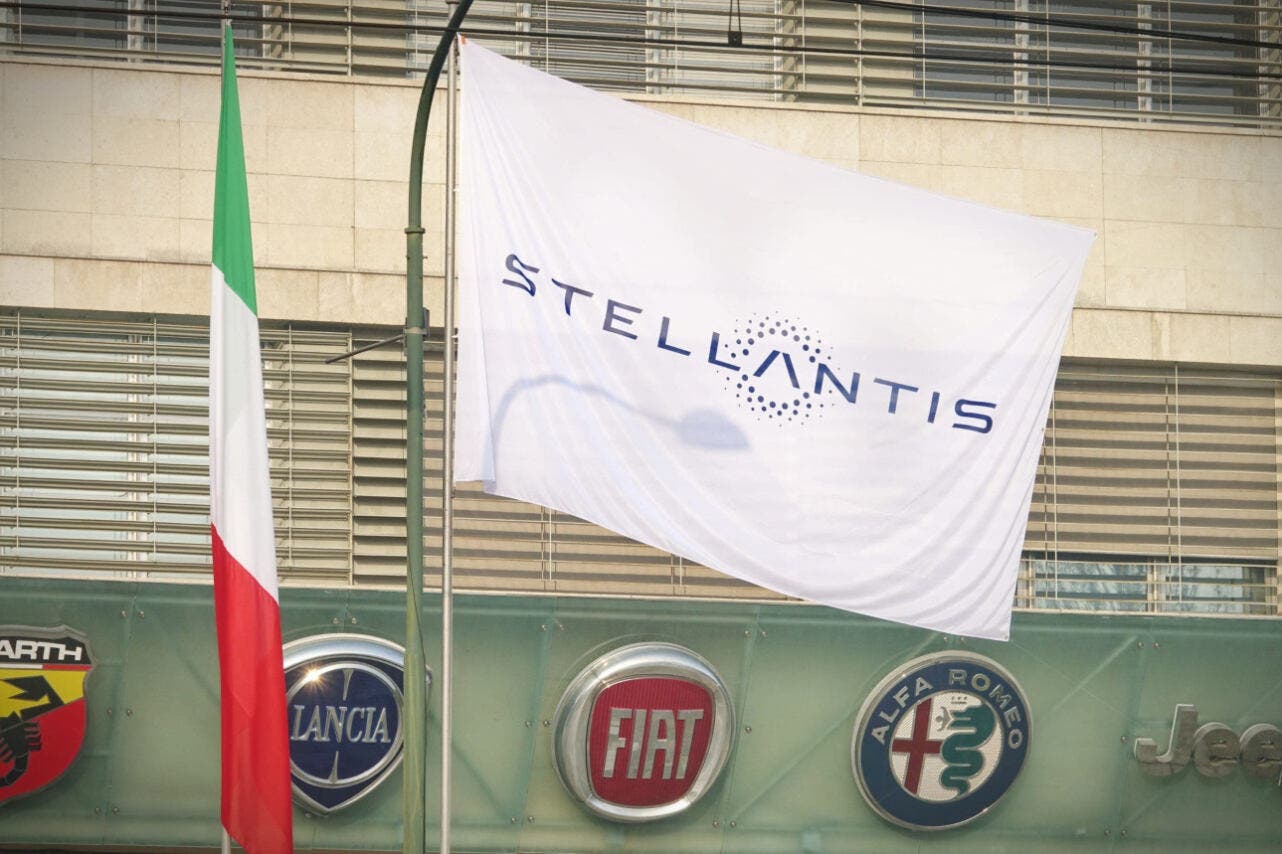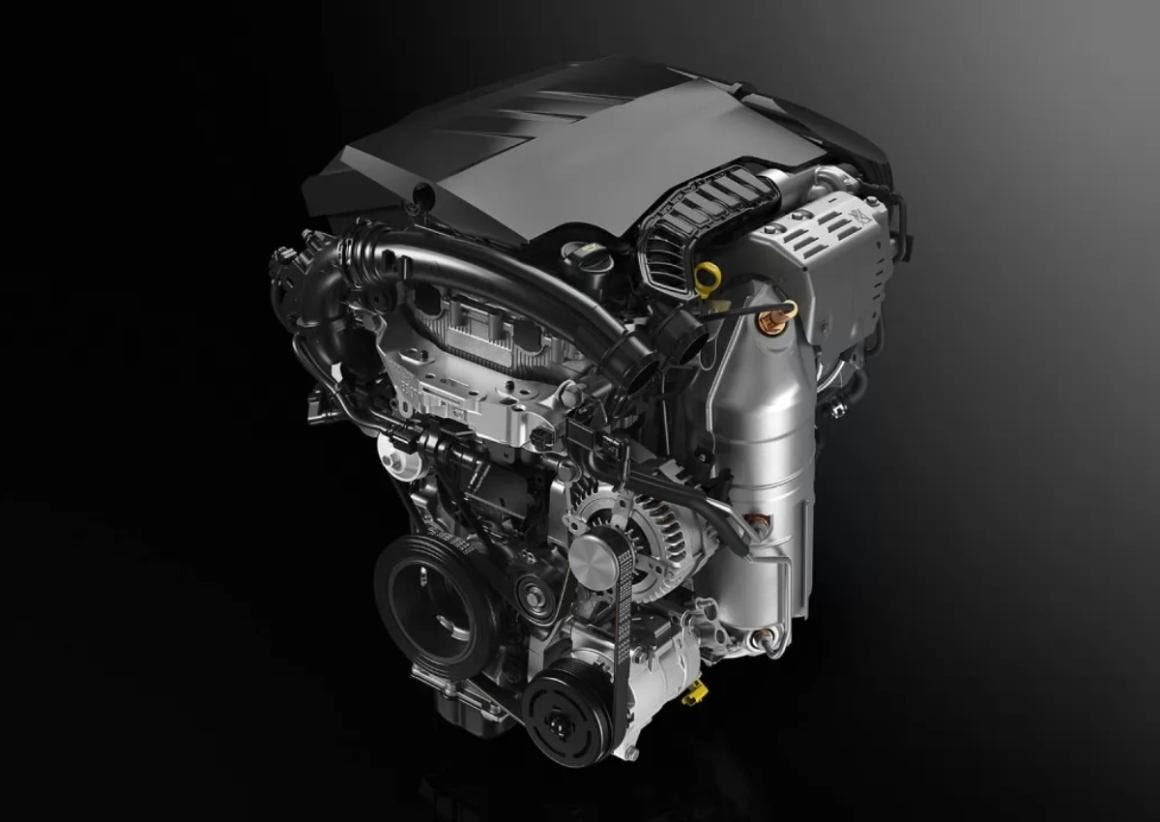Stellantis’ new PureTech engine has recently debuted in its third generation, aiming to put an end to the issues encountered in previous versions of the three-cylinder engine, dating back to the first generation (2014-2018) and the subsequent one (from 2018). What are the main evolutions introduced in this new generation?
Here’s how the PureTech engine has changed with its third generation

Speaking to the French magazine L’Argus, Fabien Gouzonnat, head of combustion engine development at the French technical center, provided more details on this new engine. On the technical side, he highlighted that it is “an engine from the EB family with a displacement of 1.2 liters, a bore of 75 mm and a wheelbase of 82 mm,” maintaining the same dimensions as previous models. However, the similarities end here, as he points out, “all the main components have been completely redesigned, such as the cylinder head and turbocharger.” In addition, changes have been made to the engine block and crankshaft, the latter reinforced in the 1.2 PureTech 155 HP version.
“The flywheel has been modified to optimize the engine stop and start process,” explains Fabien Gouzonnat. Furthermore, a new injection system with 350 bar injectors has been implemented, as this generation adopts a different Miller combustion cycle. Interestingly, excluding the crankshaft, screws, bolts, and fasteners, a good 70% of the engine components are completely new. However, the Stellantis group brands have chosen to keep the PureTech name until September 2024. In the future, it will be necessary to refer to this engine as 1.2 engine for Peugeot or 1.2 turbo for Citroën and DS.

PSA engineers, now part of Stellantis, have made improvements to the Puretech engine based on customer feedback, addressing three main aspects. First, they optimized the combustion process, which should result in more efficient and sustainable performance. Additionally, they reinforced the parts most vulnerable to dilution, implementing the transition to the timing chain and conducting validation work that recorded high dilution rates. Finally, they made the validation tests more stringent, introducing a significant amount of fuel into the oil, particularly during urban testing. To ensure the engine’s reliability, analyses were also carried out after covering 200,000 km.
